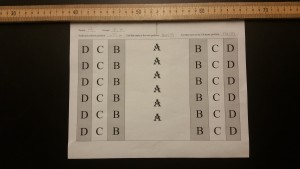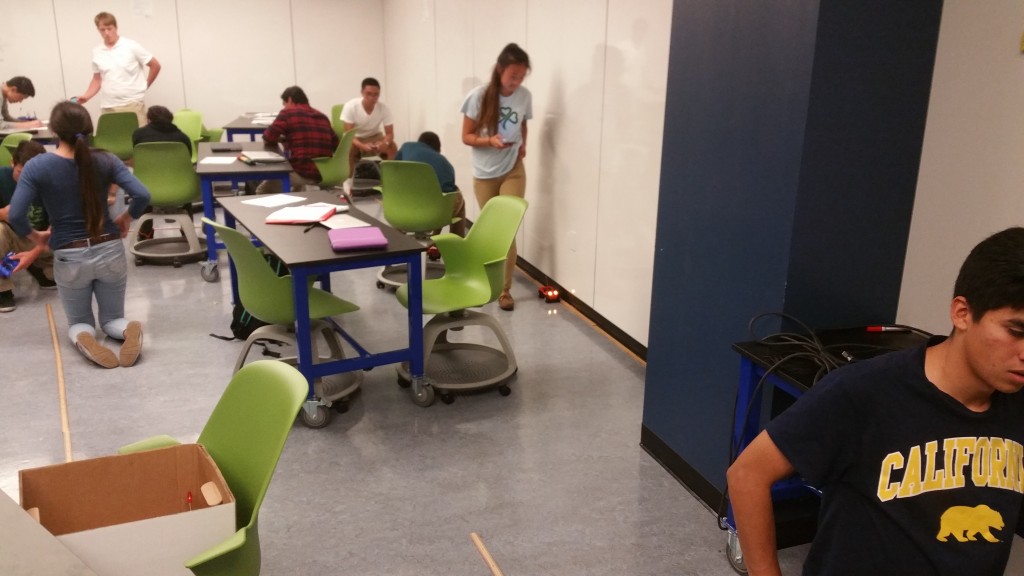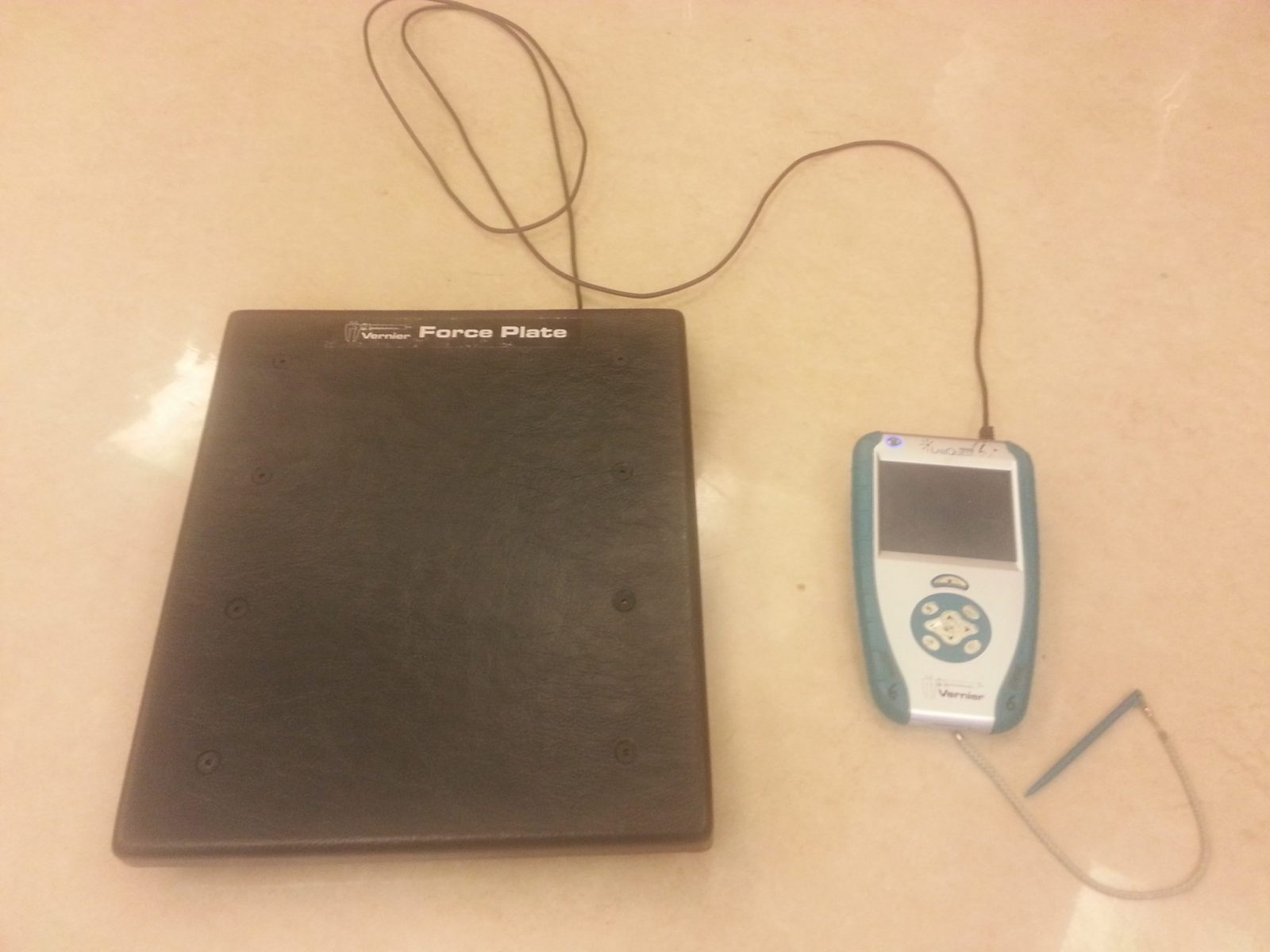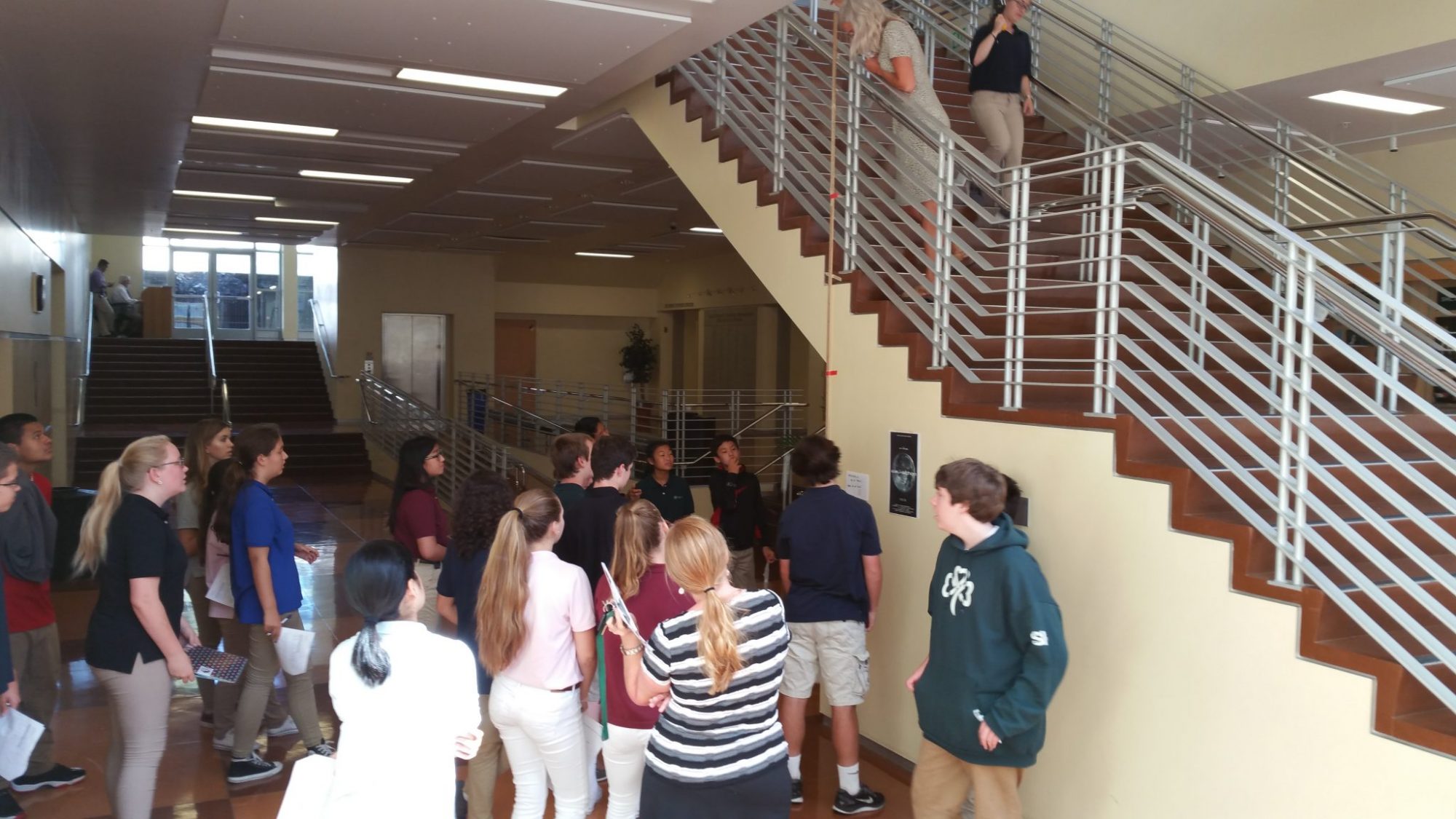180: Day 21: Final suggestions/tips for buggy collision challenge.
 Last blocks with buggies: Here’s another close up of the target sheets I use with my students. The complete the top, then find where on the row of four metersticks they need to place their prediction. I give not help at this point, and often ask “Are you sure it’s in the right place?” (even when it is). I try to involve all six to eight students in the trial (two combined groups of 3-4 each). When they are done, there is homework for them to work on in class.
Last blocks with buggies: Here’s another close up of the target sheets I use with my students. The complete the top, then find where on the row of four metersticks they need to place their prediction. I give not help at this point, and often ask “Are you sure it’s in the right place?” (even when it is). I try to involve all six to eight students in the trial (two combined groups of 3-4 each). When they are done, there is homework for them to work on in class.
A few tips:
- Even with only four or five tests required (eight to ten groups), there is still down time for many students, so make sure you have something else for them to do. I always have that day’s worksheet/night’s homework ready for them. Next year, I plan to have something more in line with a conclusion on the lab.
- My target has a very low “A” range, so, as I said yesterday, any group that lands on the paper gets an A.
- Have them measure and calculate the speed of their buggy on the day of the collision test. This should take about five minutes, then ten minutes to make their prediction. If they use speeds from previous days, the batteries may have weakened and slowed the buggy down.
- Use the “testing” time with your small groups to confirm they understand the placement of their paper. I often ask “Does this position make sense?”–to which they should answer “Yes, because the fast car will move a greater distance” or something along this line.






